
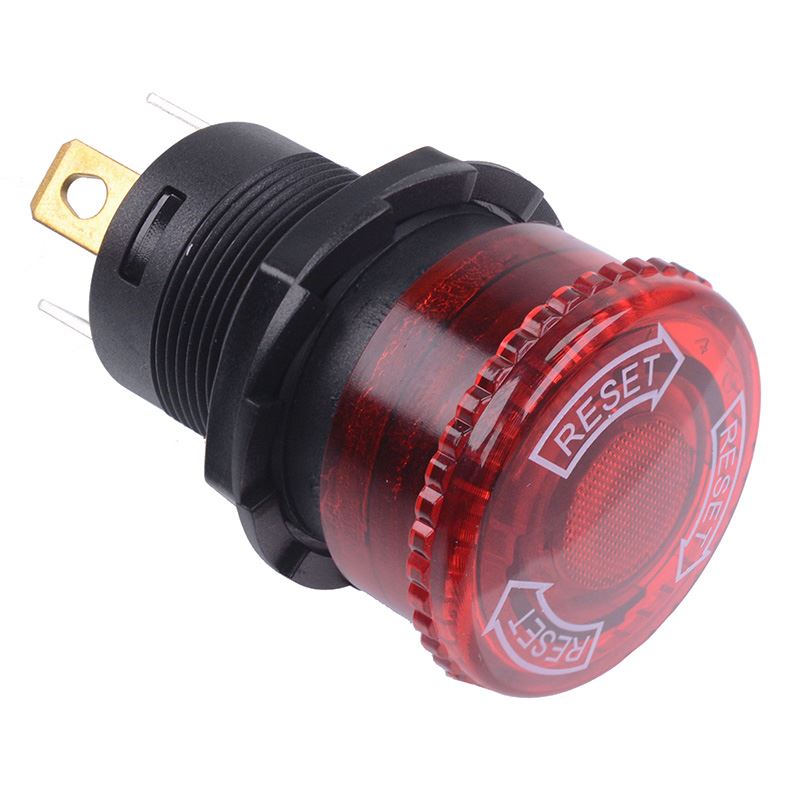
Choosing an appropriate emergency switch involves considering several factors including the operational environment, the type of machinery being used, and specific safety needs. This blog aims to guide you through selecting the best emergency switch for your application, highlighting key considerations like environmental resistance, IP ratings, and ergonomic design.
Firstly, it's essential to assess the environmental conditions in which the switch will operate. For instance, if the switch is to be installed in an area prone to dust or moisture, opting for one with an IP67 rating ensures durability and reliability. Furthermore, certain industries may require specialized designs, such as switches capable of functioning in extreme temperatures or those resistant to chemical exposure.
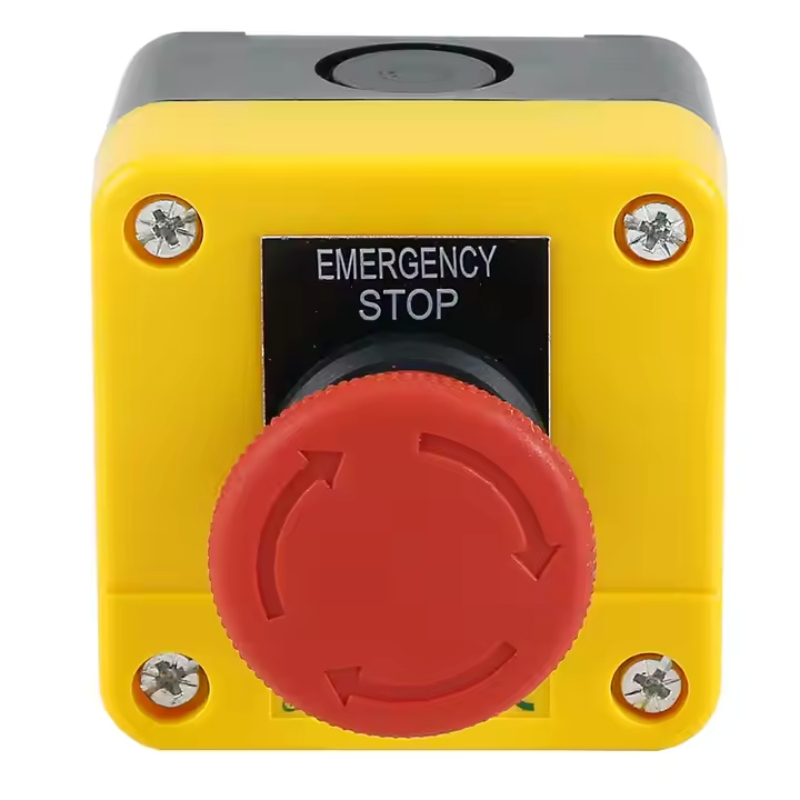
Ergonomics should also be considered. An emergency switch must be easy to activate even under stress. Features like oversized buttons or pull cords can make a significant difference in usability during emergencies. Additionally, some modern switches come equipped with wireless capabilities, enabling remote activation and status monitoring.
Another critical aspect is compliance with safety regulations. All emergency stop switches should meet relevant international standards such as ISO 13850. This ensures not only legal compliance but also adherence to best practices in safety engineering.
Ultimately, selecting the right emergency switch requires balancing functionality, cost, and compliance. Consulting with experts who understand both the technical specifications and practical applications can help ensure that the chosen solution meets all necessary criteria while providing optimal protection for personnel and assets.
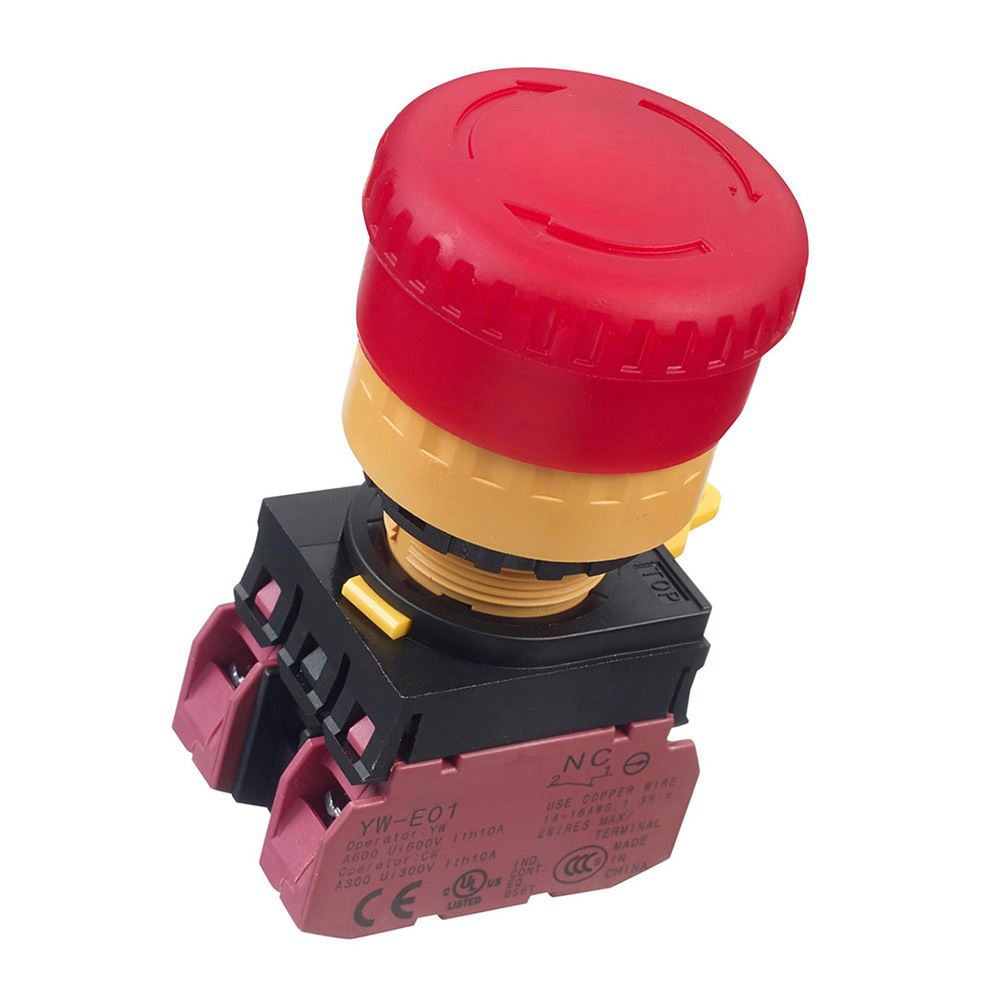
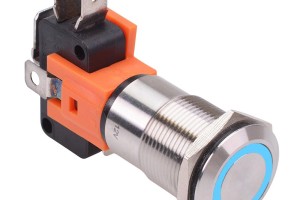
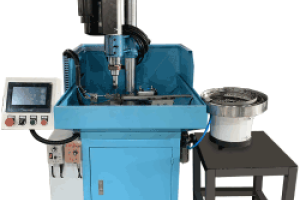
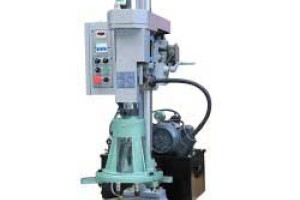
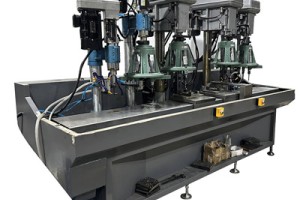

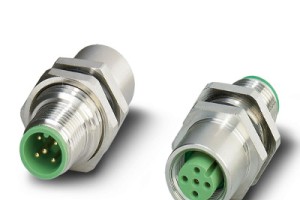


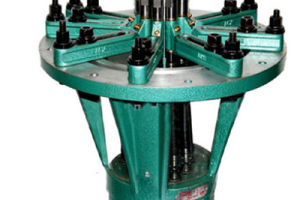
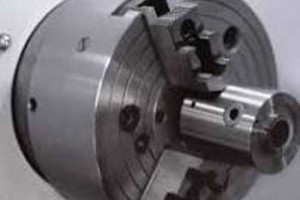
Leave a comment